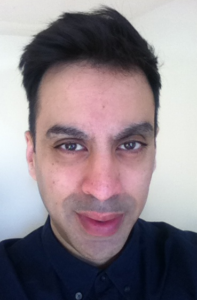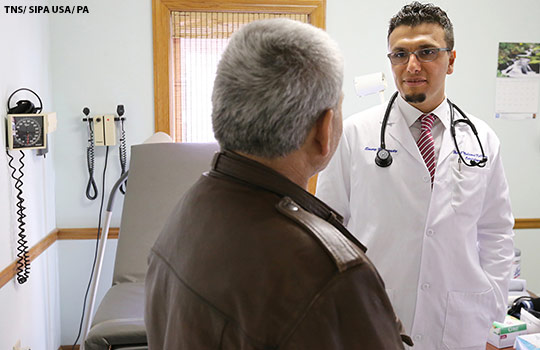 Medical education has changed dramatically in recent years. During my training we used a standard reference text and relied heavily on seniors to provide more detail about different clinical diseases. Nowadays, this kind of teaching seems less relevant. With online resources, learners are increasingly turning to the internet to access the latest guidelines on how best to investigate and manage patients.
Medical education has changed dramatically in recent years. During my training we used a standard reference text and relied heavily on seniors to provide more detail about different clinical diseases. Nowadays, this kind of teaching seems less relevant. With online resources, learners are increasingly turning to the internet to access the latest guidelines on how best to investigate and manage patients.
This begs the question, where do teachers belong in this new world? For me, the answer is in focusing on the art of history taking and examination. After all, even though the number of available investigations is plentiful—with all the forms of imaging—the ability to take a detailed history and examination is paramount. I admit that I never thought like this previously. But after my experiences of being on-call and not always having investigations available at an instant in the ward setting, I’ve found that decisions must be made based on one’s clinical assessment.
I have witnessed teaching in several schools at an undergraduate level across the UK, Asia, and the US and note a unifying phenomenon. Learners seem disinterested in observing a patient. If they do observe, it is usually for rashes or scars. Yet too often it’s simply a motion to go through before moving on. Again, I must emphasise that I was similar as a student and jumped straight in to palpating, percussing, or auscultating, armed with a reflex hammer. But in reality we can gain a wealth of information just from observation. Clubbing, signs of liver disease, an arteriovenous fistula, respiratory distress, cyanosis, altered chest expansion, oedema, an elevated jugular venous pressure, muscle wasting, fasciculations, an altered gait, cranial nerve palsies, lymphadenopathy, a goitre . . . the list goes on.
Yet medical schools globally seem to focus more on manoeuvres and, as a result, students follow suit. Maybe in the future we could realign the curricula to emphasise the importance of looking. In many cases, one can be confident of a diagnosis just on the basis of astute observation.
The title of this piece is courtesy of the character Sir Lancelot Spratt (played by James Robertson Justice) in the film Doctor in the House. And, although Spratt was playing the part of a surgeon, as a medic I would agree with his subsequent thoughts on success: you need the eyes of a hawk and the heart of a lion.
Neel Sharma graduated from the University of Manchester and is currently based at the Albert Einstein College of Medicine, Montefiore Medical Center, New York.
Competing interests: None declared.
